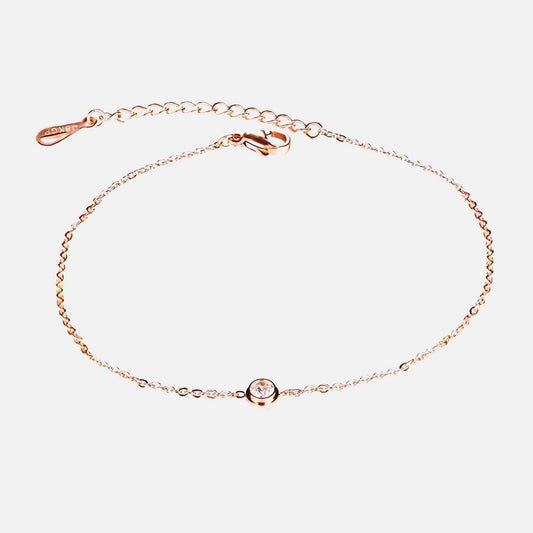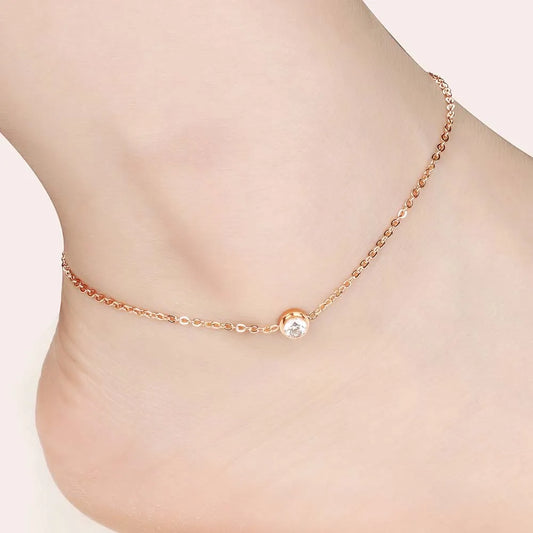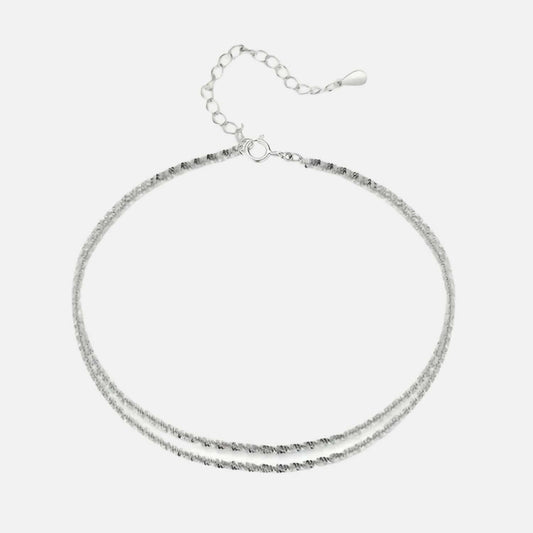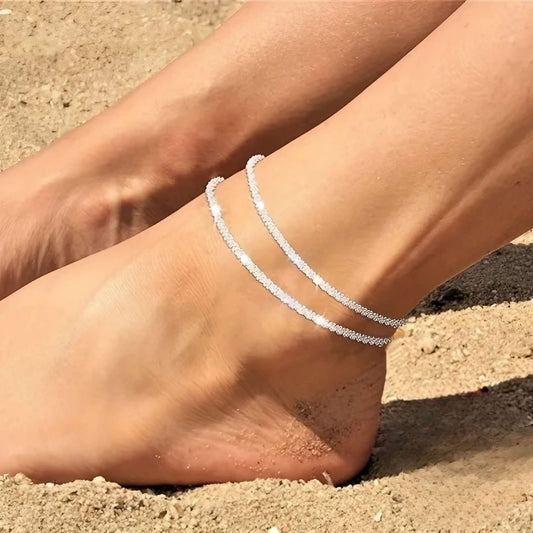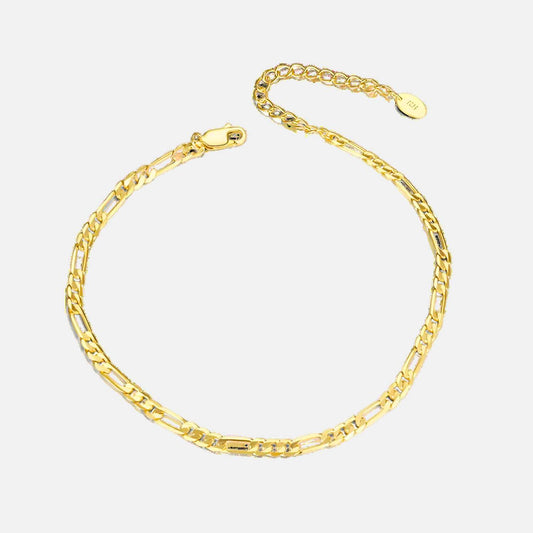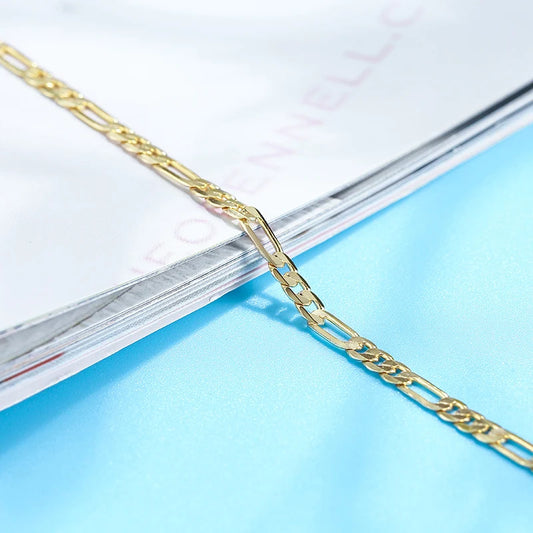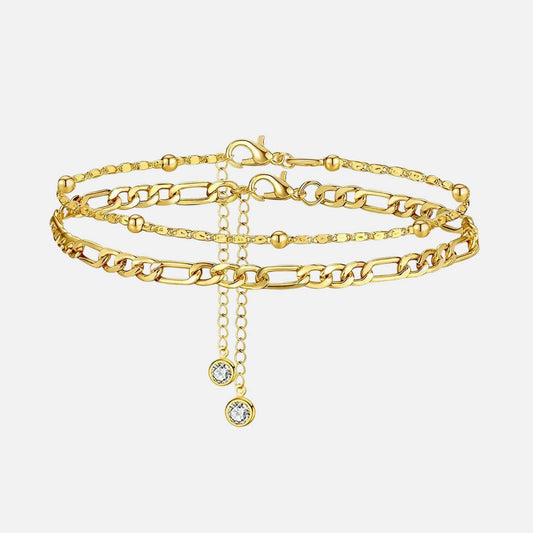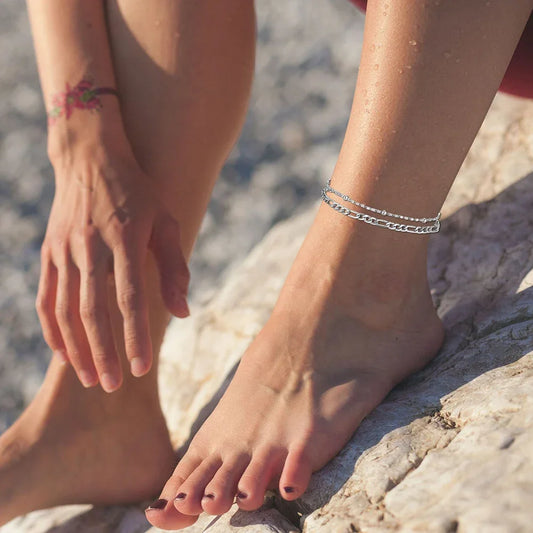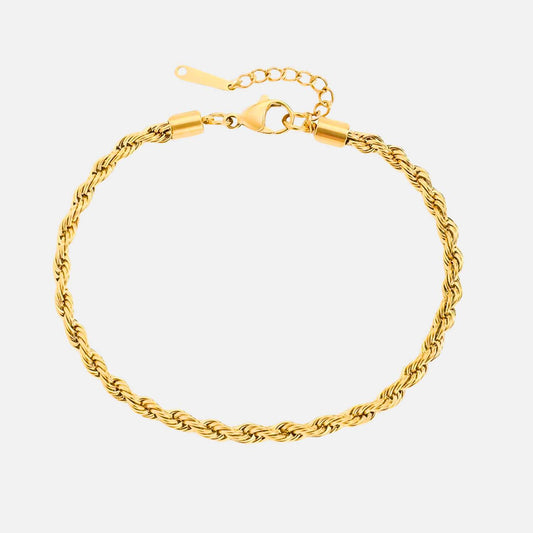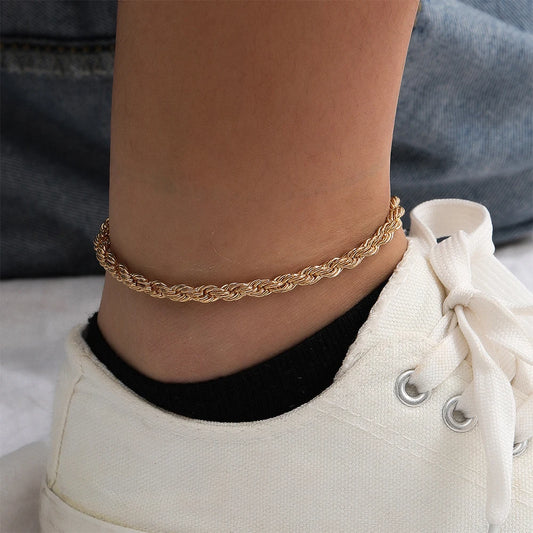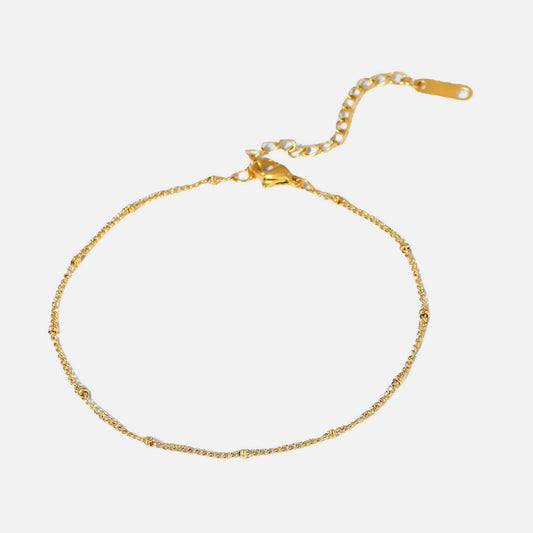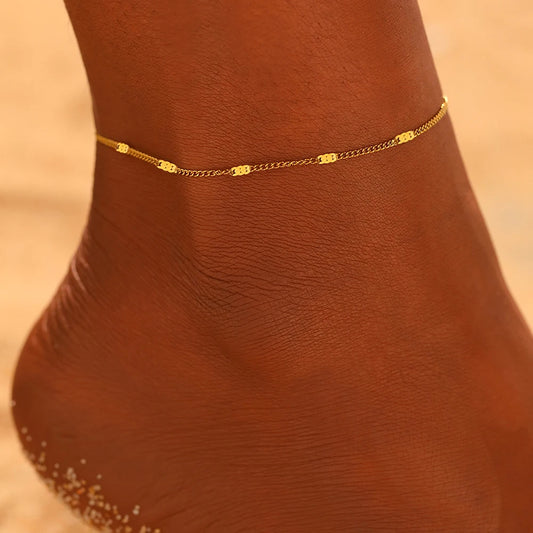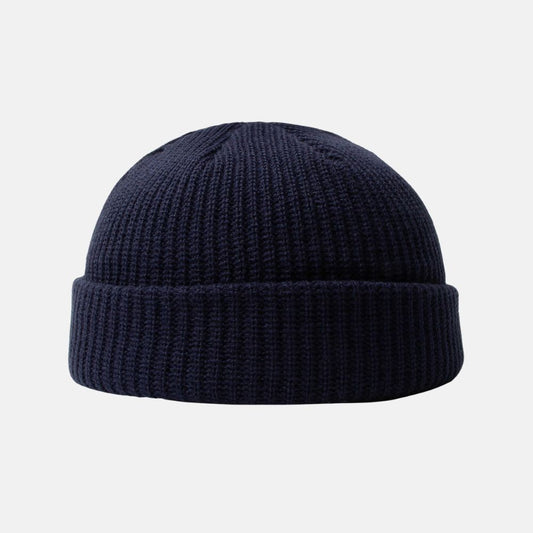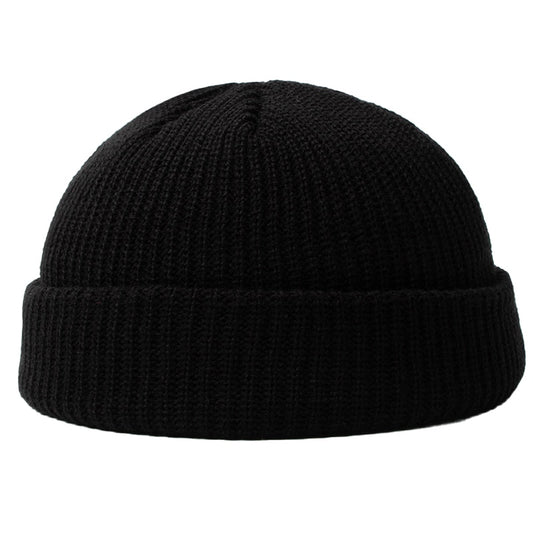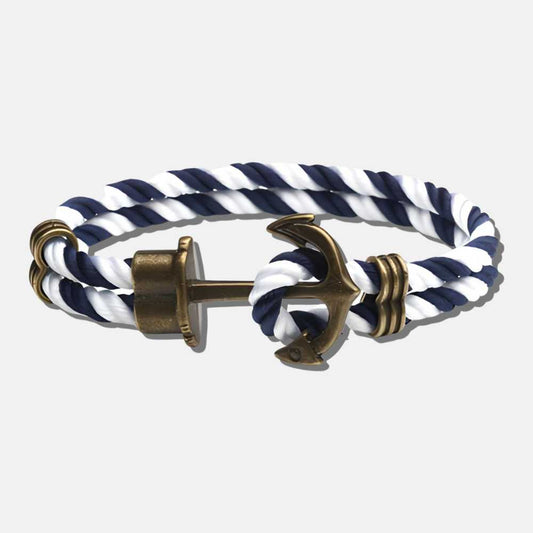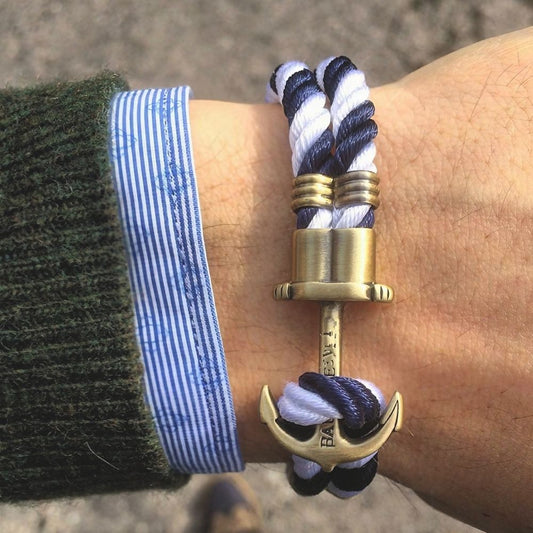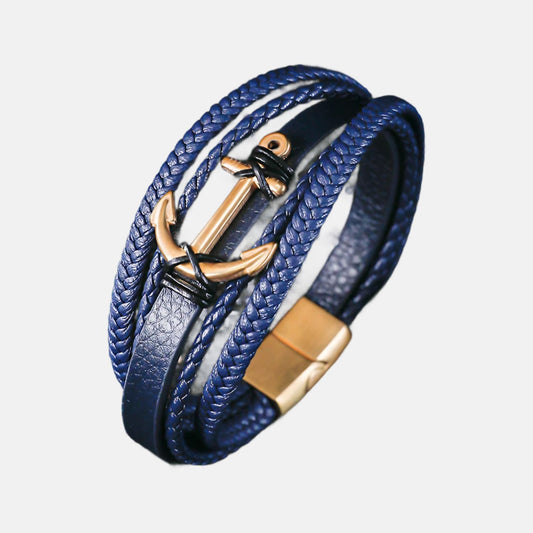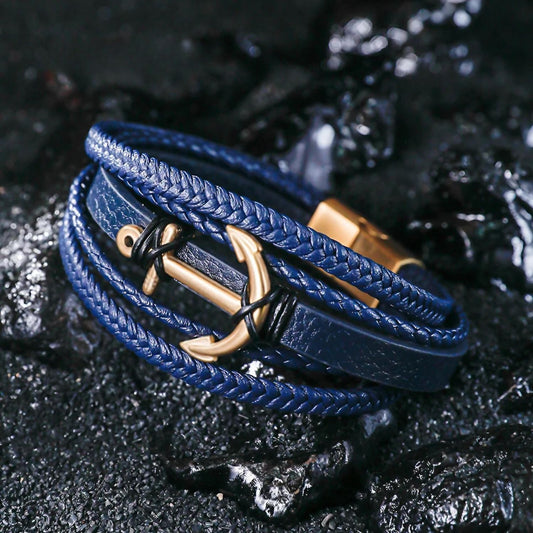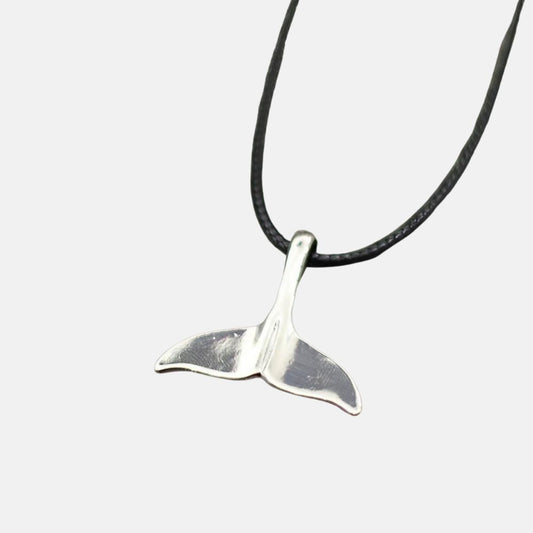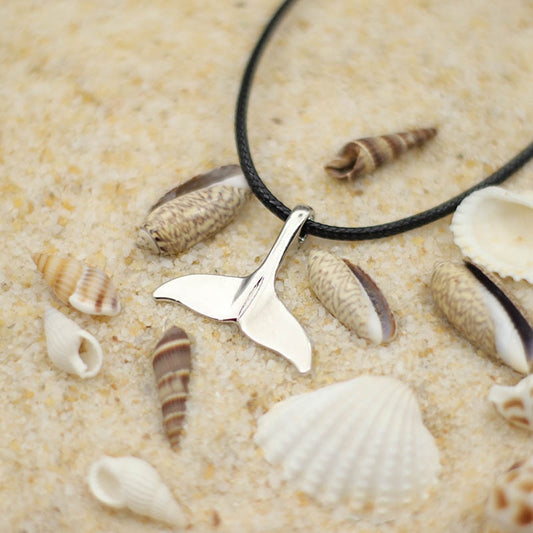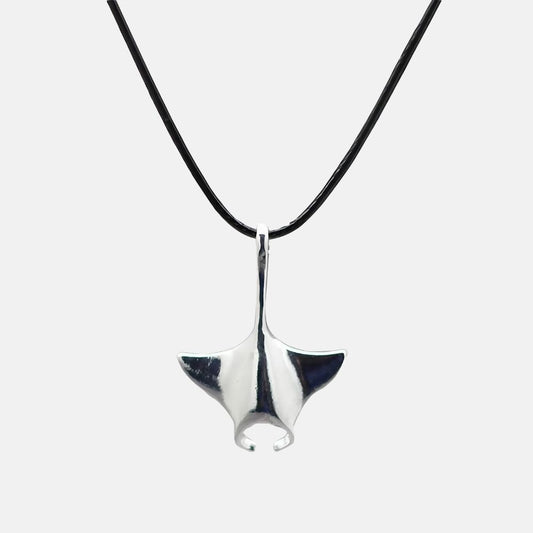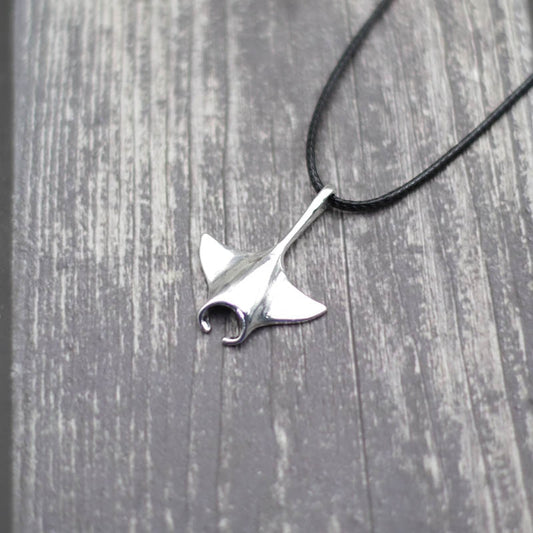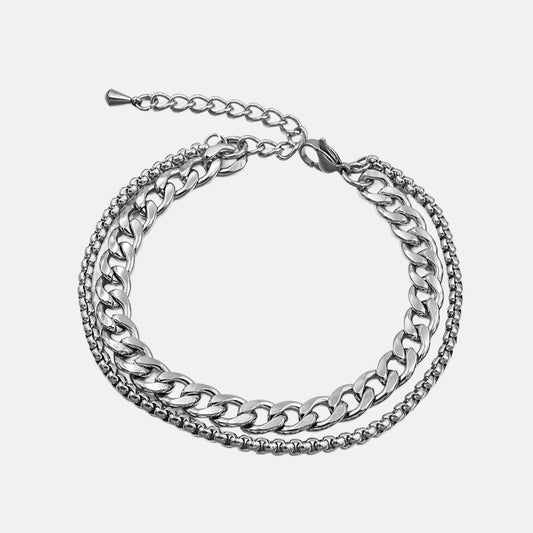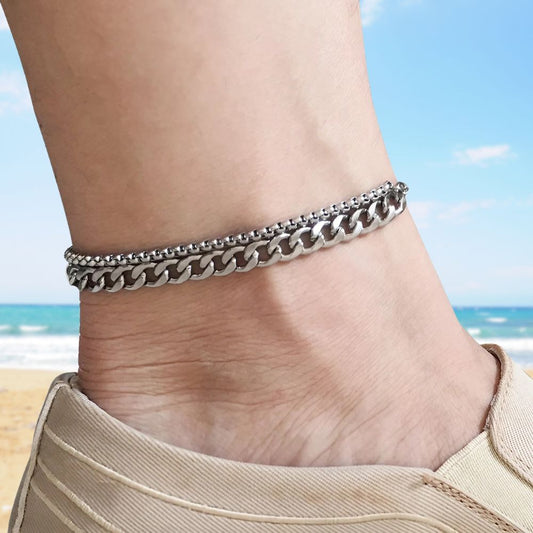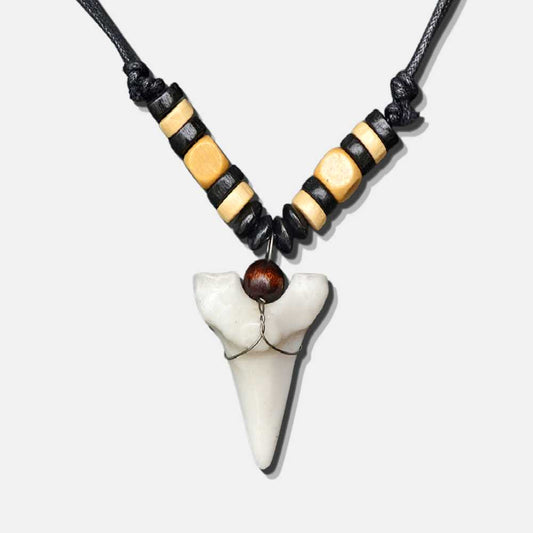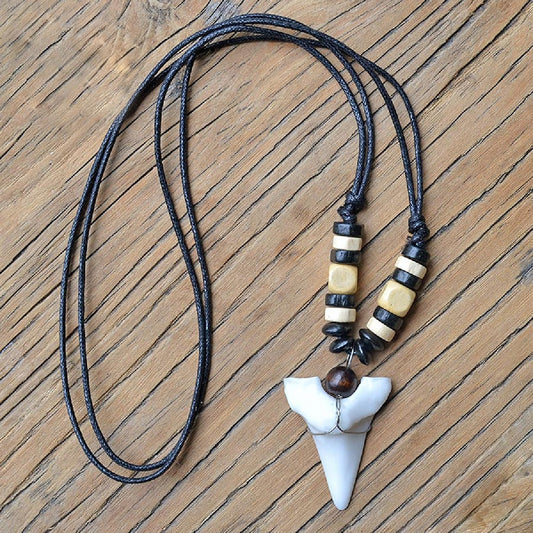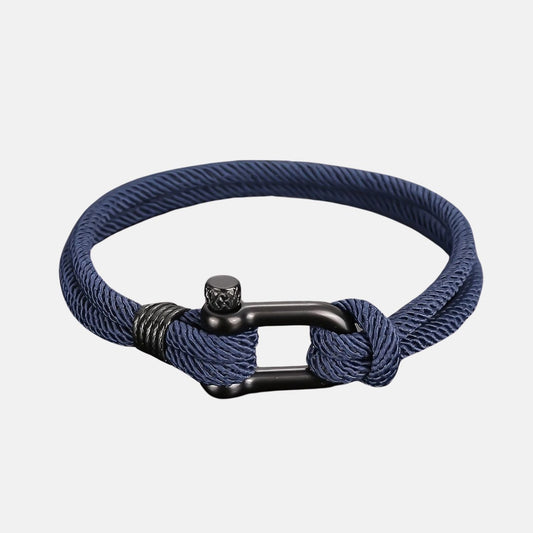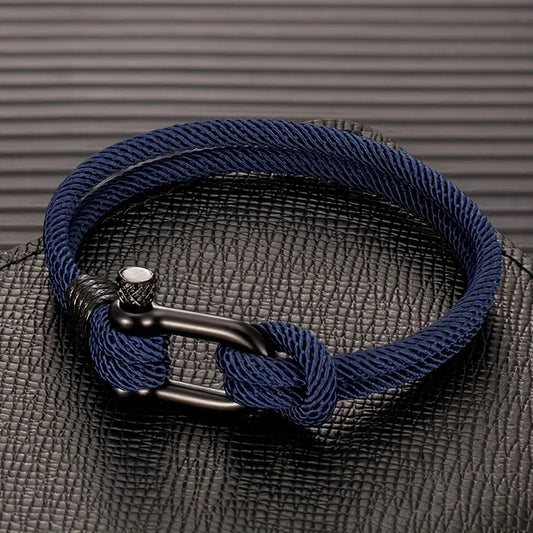
The smallest marine animals
As a seabed expert, I don't have much specific knowledge about birds, trees and land animals, but I can give you information about seasonal changes and their impact on marine wildlife .
In spring in the Northern Hemisphere, water temperatures gradually increase after winter, which stimulates the growth of marine vegetation and the reproduction of many species. For example, algae , sponges and corals grow rapidly during this time, providing shelter and food sources for fish and other marine animals.
Crustaceans , molluscs and shellfish also reproduce during this period, attracting predators such as seabirds and marine mammals to come and feed.
According to data from the National Oceanic and Atmospheric Administration ( NOAA ), the growth of phytoplankton , the base of the marine food chain, increases significantly in spring in high-latitude areas such as the Arctic Ocean, due to increasing sunlight and melting ice.
Likewise, whales , dolphins and other marine mammals migrate to warmer waters to feed and breed during this time. As with most things, it got me wondering about the ocean and its creatures. What do our favorite marine animals do in spring? What are the smallest animals in the ocean? Dive with me to discover them.

Zooplankton
Zooplankton are the smallest type of animal in the ocean and encompass a variety of species , from single-celled protozoa to some jellyfish and crustaceans like krill . Not to be confused with phytoplankton (which is a plant), these little creatures are usually less than an inch long and some are so small that you need a microscope to observe them.
Zooplankton is made up of many organisms of different sizes, ranging from a few micrometers to several centimeters. The smallest zooplankton organisms, such as copepods , rotifers , and protozoa , measure a few micrometers to a few millimeters in length. Other zooplankton organisms, such as jellyfish and ctenophores, can measure several centimeters to several meters in length.
It should be noted that the size of zooplankton can vary significantly depending on the age, sex and stage of development of the organism. Additionally, zooplankton size can vary depending on season, geographic location, and environmental conditions such as food availability and water temperature.
But don't confuse their size with their importance. Zooplankton may be at the bottom of the food chain, but they play a vital role in marine and freshwater food webs .

The Irukandji Jellyfish
Found in tropical regions , notably the Caribbean and the Indo - Pacific , the Irukandji jellyfish is probably the smallest and most venomous jellyfish in the world. At only 0.02 cm, Irukandji are unique for more than just their size.
While most jellyfish have stingers (or nematocysts) only on their tentacles, Irukandji also have stingers on their bell. Their venom has been described as being "100 times stronger than that of a cobra and 1,000 times stronger than that of a tarantula ". Reactions to their venom were so severe that these tiny jellies gave their name to an entire syndrome.

The Thor amboinensis (Sexy shrimp)
That's right, the sexy shrimp - also called the stubby shrimp or Thor amboinensis - measures about 0.1 cm. These tiny, flirtatious shrimp get their name from the little dance they perform with their bodies. A popular species for home aquariums, sexy shrimp are most commonly found in the Atlantic and Indo - Pacific and live in corals and anemones.
Pygmy seahorse
The pygmy seahorse is both tiny and a master of disguise! There are several types of pygmy seahorses, ranging in length from 0.5 to 1 cm, all of which blend in with seagrass and soft corals. They are so good at camouflage that the first small seahorse was only discovered when its coral habitat was being observed in a laboratory.
Nudibranchs
These charming sea slugs don't really belong on this list! Some of our favorite nudibranchs can in fact reach up to 30 cm long. However, the smallest ones are only a centimeter long, so we're keeping them here as an honorable mention. Did you know that there are over 2,000 species of nudibranchs? And these are just the ones we know today.

Dwarf lanternshark
While also not the smallest animal in the ocean, the world's smallest shark is the pygmy lanternshark and can literally fit in your hand, reaching a maximum of 3.1 inches. Like other lantern sharks , this little fellow has light-generating organs called photophores along its stomach to attract prey and hide from predators. Native to the Atlantic and the Caribbean, this member of the dog shark family feeds on krill, our other little planktonic crustacean friends.
Conclusion on the smallest marine animals
| Pet Name | Size | Where to find it | Dangerous ? |
|---|---|---|---|
| Zooplankton | Microscopic | All over the ocean | No |
| Irukandji jellyfish | 1cm | Coasts of Australia | Yes |
| Thor amboinensis | 2-3cm | Coral reefs | No |
| Pygmy seahorse | 1.5cm | Indonesia, Japan | No |
| Nudibranchs | 2-3cm | Coral reefs | No |
| Dwarf lanternshark | 21-22cm | Ocean depths | No |
In conclusion, the smallest marine animals are fascinating for many reasons. Not only are they incredibly small, but they often have amazing abilities, like bioluminescence , which allows them to glow in the darkness of the ocean depths. These fragile and little-known creatures have vital ecological importance in marine ecosystems and play a crucial role in the marine food chain.
However, due to their small size, these animals are ignored and understudied . It is therefore important to continue research on these species to better understand their role in the ecosystem and the impact of factors such as climate change on their survival.
Finally, we must also take into account the impact of human activity on these small marine creatures, whether it is water pollution or overfishing . By caring for these species, we help preserve marine biodiversity as a whole and maintain an ecological balance that is crucial for the health of our planet.



